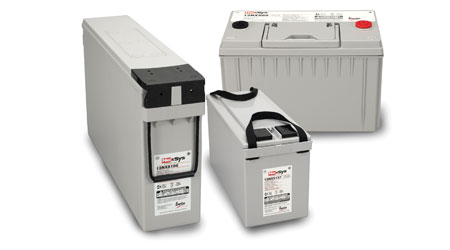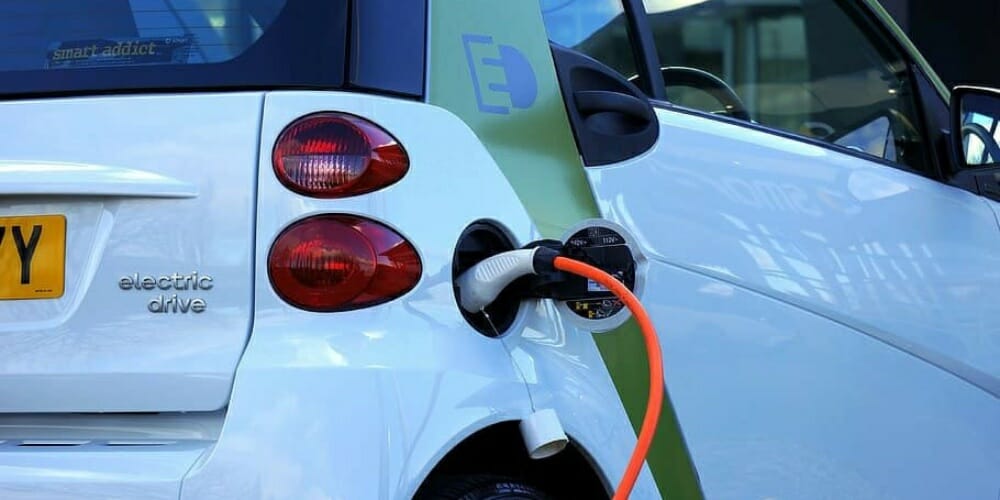

If a mains powered charger, or engine-driven alternator, or even a wind or solar generator develops a fault and charges a battery at too high a voltage, it could possibly push the internal temperature up to the point where the self-heating process takes over and thermal runaway begins. This is where there is a very real possibility of inducing enough heat into an AGM or LiFePo4 battery to initiate thermal runaway. The dangers of over-charging and/or over-discharging But then what if the cells buried within the battery were being heated internally by an over-charge or over-discharge condition? If this elevated temperature were solely the result of a hot environment, then the temperatures required for thermal runaway to be initiated, in both LiFePo4 and AGM batteries, would be so high that the vessel would almost certainly have to be on fire. But for thermal runaway to begin, there must initially be a "thermal event" to take the battery up to the point at which the internal temperature takes off on its own and is unstoppable.

In fact, in the highly unlikely event that thermal runaway is initiated somehow in a LiFePo4 cell for any reason, the emitting of vapors is the most noticeable result.Īpart from greatly reducing their life-span, storing and/or cycling batteries in elevated temperatures can greatly enhance the possibility of a thermal runaway situation in any type of battery: lead-acid or lithium ion. The same cannot be said for AGM batteries when damaged physically or in a thermal runaway condition, where acid spill and the release of an explosive mix of hydrogen and oxygen is potentially extremely dangerous.

Unlike some other Lithium Ion chemistries, in particular lithium cobalt in its various forms, thermal runaway is not initiated in a LiFePo4 battery by physical damage like a puncture or crushing. The most common Lithium Ion offering in the marine market these days is Lithium Iron Phosphate, whose chemical designation is LiFePo4. But there are other versions of Lithium Ion that have less energy density but are inherently very safe, safer in fact than lead-acid batteries. Tesla cars, like the one involved in an accident that produced "burning debris exploding like fireworks" use nickel cobalt aluminum batteries. One such common high energy-density Lithium Ion chemistry is lithium cobalt and its derivatives, and many of the well publicized failures, including the Boeing Dreamliner fires, have involved lithium cobalt batteries or a similar chemistry. Some make-ups have a very high energy density, that is to say that they pack one heck of a punch, but with the downside that under certain conditions they are very susceptible to a thermal runaway situation that will usually have catastrophic consequences. The term "Lithium Ion" encompasses a wide range of very different chemistries that all fall under the Lithium Ion family banner. So why is there so much negative publicity and bad karma surrounding Lithium Ion batteries, when AGM's are prone to much the same maladies?Īll Lithium Ion batteries are not created equal The simple fact is that, given the right conditions, an AGM battery can, and will, start a self-perpetuating internal heating process (thermal runaway) that can end in catastrophic failure with the possibility of fire and explosion. A Google search of "Thermal Runaway in AGM Batteries" will reveal enough technical papers on the subject to keep even the most techno-savvy occupied for a long while, and will save me trying to explain the why's and wherefore's here.

Yes, it's true thermal runaway can and does happen in Valve Regulated Lead Acid (VLRA) Absorbed Glass Mat (AGM) batteries, and is not a new phenomenon afflicting Lithium Ion batteries alone.


 0 kommentar(er)
0 kommentar(er)
